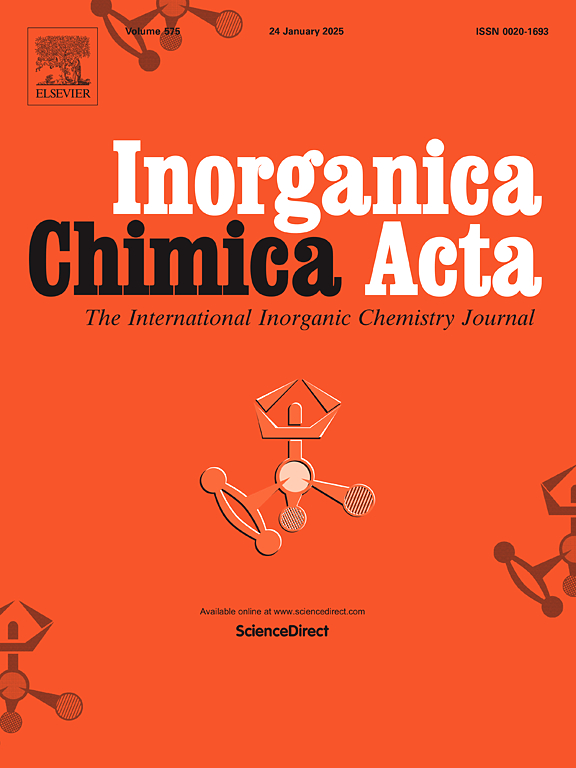The green and efficient formation of the commercial cyclic carbonates from CO2 and epoxides promoted by metal-free quaternary phosphonium-boron catalysts and DMAP
IF 2.7
3区 化学
Q2 CHEMISTRY, INORGANIC & NUCLEAR
引用次数: 0
Abstract
From the perspective of green chemistry and achieving net zero emissions, converting CO2 into cyclic carbonates is one of the important strategies for CO2 fixation in applied chemistry and industrial sectors. In this context, the novel metal-free phosphonium-boron catalysts (PBC1–PBC8) were synthesized and various spectroscopic tools such as 1H, 13C, and 11B NMR, FT-IR, UV–Vis, LC-MS/MS, elemental analysis, TGA-DTA together melting point measurement were utilized for structural characterization. The Lewis acidity of the metal-free boron-based catalysts (PBC1–PBC8) was determined using the Gutmann–Beckett method and resonances were obtained in the range of 51.11–50.18 ppm, respectively. Followed by, novel metal-free phosphonium-boron compounds were used for the coupling reaction of CO2 with different epoxides to obtain target cyclic carbonates under atmospheric and high-pressure conditions (1 atm or 1.6 MPa, 100 °C, 2 h) for carbon neutrality and an alternative to the toxic and expensive phosgene gas. The binary catalytic system of metal-free phosphonium-boron catalyst (PBC8)/DMAP presented high catalytic activity in solvent-free conditions at 100 °C, 1 atm (53.1 % yield and 97.4 % selectivity) and 1.6 MPa (95.4 % yield with 98.0 % selectivity) and 2 h with using epichlorohydrin (ECH). Furthermore, the effects of the amount of used catalyst on the catalytic conversion were examined and it was determined that the optimum (PBC8)/ECH ratio for CO2 coupling reactions was 1/1000.

求助全文
约1分钟内获得全文
求助全文
来源期刊

Inorganica Chimica Acta
化学-无机化学与核化学
CiteScore
6.00
自引率
3.60%
发文量
440
审稿时长
35 days
期刊介绍:
Inorganica Chimica Acta is an established international forum for all aspects of advanced Inorganic Chemistry. Original papers of high scientific level and interest are published in the form of Articles and Reviews.
Topics covered include:
• chemistry of the main group elements and the d- and f-block metals, including the synthesis, characterization and reactivity of coordination, organometallic, biomimetic, supramolecular coordination compounds, including associated computational studies;
• synthesis, physico-chemical properties, applications of molecule-based nano-scaled clusters and nanomaterials designed using the principles of coordination chemistry, as well as coordination polymers (CPs), metal-organic frameworks (MOFs), metal-organic polyhedra (MPOs);
• reaction mechanisms and physico-chemical investigations computational studies of metalloenzymes and their models;
• applications of inorganic compounds, metallodrugs and molecule-based materials.
Papers composed primarily of structural reports will typically not be considered for publication.
 求助内容:
求助内容: 应助结果提醒方式:
应助结果提醒方式:


